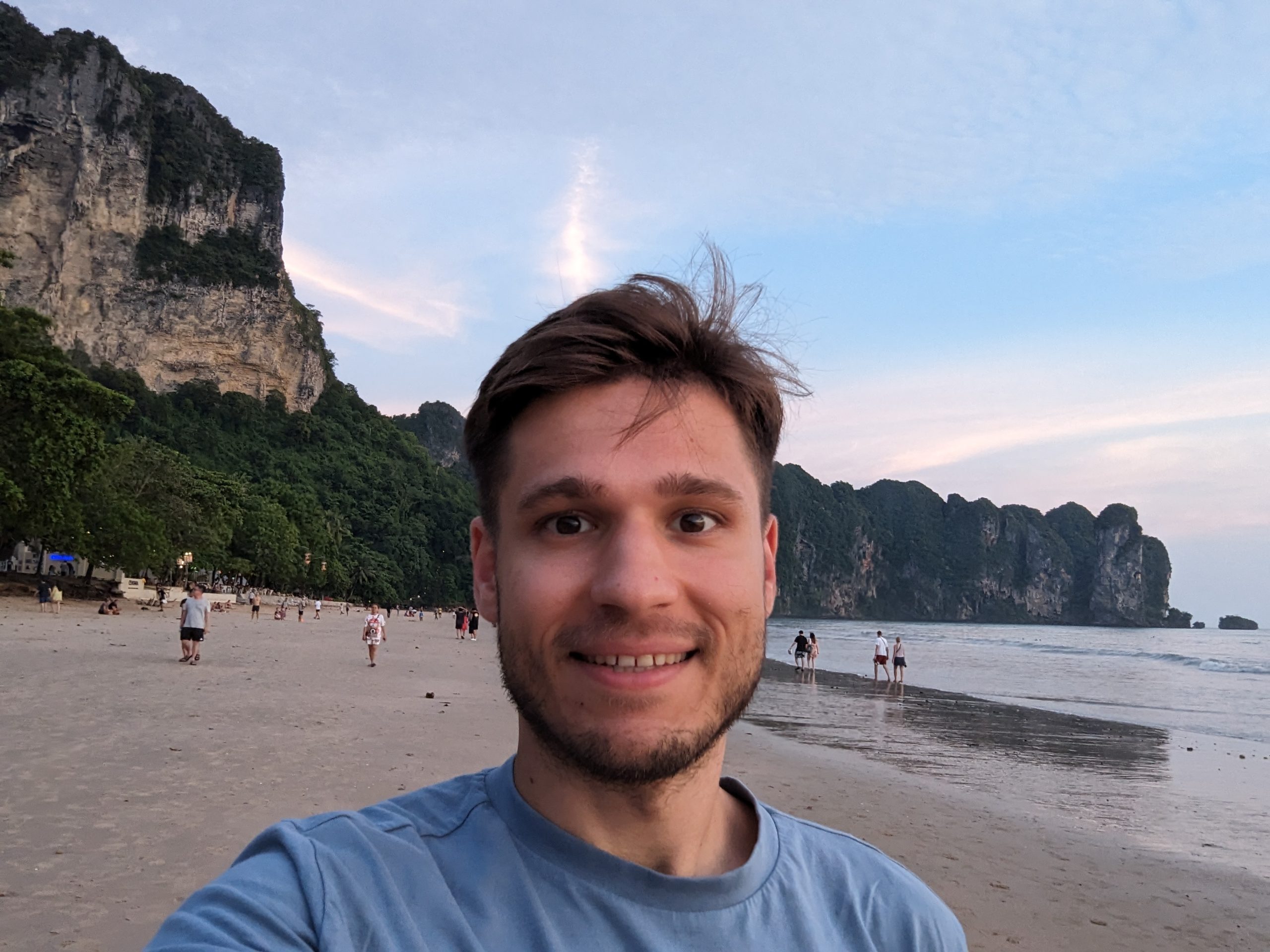I was born in 1992 in Uzhhorod, Ukraine. On 24 August 1991 Ukraine proclaimed independence. The Soviet Union crumbled and capitalism was conquering a new state on the map of Europe. In the October 1989 People’s Republic of Hungary was transformed into the Republic of Hungary. Capitalism came earlier there.
Uzhhorod is a small city on the border with Slovakia. Its history is basically the history of Central Europe on a smaller scale. Until the First World War Ungvár (Hungarian name) was under the rule of the Kingdom of Hungary. After the Treaty of Trianon (when the Kingdom of Hungary ceased to exist), it became a part of Czechoslovakia and the name was changed to Užhorod. In 1945 it yet again changed the jurisdiction becoming a city in the Ukrainian Socialist Republic.
I don’t remember the turmoil of the nineties in Zakarpattia oblast (the Ukrainian region where Uzhhorod is the capital). It was a crazy time when all the hell was let loose. Lack of products in the stores, state currencies changing monthly, inflation, contraband, vodka smuggling across the border, corruption and bandits on the roads. I don’t remember that, I was too small. What I remember though is Hungarian swimming pools.
My school in Uzhhorod had some kind of an agreement with a tour operator that organized the day trips to Hungary. The agent of the firm, it was called Sputnik, came once a month to the classes and agitated for going on a day trips to the Hungarian swimming pools. She chose unconventional tactics targeting the pupils with her stories of fantastic swimming pools on the other side of the border. We were then coming home and begged our parents to take us there for a weekend. It worked.
I don’t quite remember the first time when I went to Hungary. Probably it was around 1999-2000, on the edge of the centuries. What I remember is the excitement that accompanied the trip.
We had to wake up really early, around 4 am. I remember impatiently waiting for the trip, the sleepless night before the journey. The bus is ready to go, everybody is in, the childish thrill is in the air.
Hungarian border is situated in Chop, a small bleak city 20 kilometres from Uzhhorod. Firstly, you’re passing through the Ukrainian checkpoint. The border crossing used to take a few hours. Back then it was something unquestioned for me. I couldn’t imagine the world where you can cross the border without standing in the queue or stepping out of the bus in the wake of the morning to be checked for the documents. The world where borders don’t exist at all wasn’t even a possibility for my younger self.
The most fascinating and at the same time burdensome part of the trip was the bridge across the Tisa river. Fascinating because we understood that we weren’t in Ukraine anymore. Burdensome because of the endless queues. Hungary back then was neither in EU nor in Schengen but close to joining the Union. Border crossings were ruthless.
But we didn’t care about the queues really. It was a part of the adventure. Documents checked, everybody is seated, we are ready to enter another world.
For children from economically depressed Uzhhorod of the end of the nineties, Hungary was indeed another world. We were greeted by good roads, trim blossoming apple fields and the straight lines of newly planted trees. At least that was what we saw from the windows of our tour bus.
I guess the first time it was Nyíregyháza. We went to swimming pools there. The program of the trip always comprised of two parts. In the morning we went to the swimming pools, afterwards, we had a free time to go to the city. We always called the swimming pools fürdő (as it is called in Hungarian). The language looked strange and mysterious.
Nyíregyháza is a seventh-largest city in Hungary. It is primarily known for its zoo or Nyíregyházi Állatpark (which is undoubtedly one of the best ones in the country) and secondly for its swimming pools. Hungary has a passion for swimming pools and spa leisure. Baths there are the part of the culture code ranging from the local swimming pools in the province to the opulent imperialistic grandeur of Gellért or Széchenyi thermal baths in Budapest.
I don’t know what children feel when they enter the Disneyland for the first time (I’ve never been to Disneyland) but probably it corresponds to what I felt visiting the Nyiregyhaza fürdők for the first time. Several big and small swimming pools, water slides, ice-cream, coca-cola and the atmosphere of joy and happiness. Amazing experience for a Ukrainian child in 1999. I enjoyed every part of it.
When we were done with the fürdők we boarded the bus and went to the city centre. It was an equally thrilling experience both for the children and for their parents.
It was in Nyíregyháza that I tried my first McChicken in the local McDonald’s. Every time I buy this sandwich now (although I prefer to avoid McDonald’s nowadays) I remember that curious taste of another world.
It was also in Nyíregyháza that I used the escalator in the shopping mall for the first time. There were no shopping malls in Uzhhorod back then. First shopping mall with an escalator was opened somewhat around 2005.
After an event-packed day, we sat on the bus again and headed home. Overexcited and tired we said goodbye to the apple fields and newly planted trees. We knew that we will come back here in a month or two to visit other swimming pools in Hajdúszoboszló or Miskolctapolca.

Pavlo is an experienced travel writer published by CNN, BBC, The Guardian, The Independent, The Irish Times, Time Out, DK Eyewitness and Lonely Planet. He’s been writing about Poland for 9+ years.